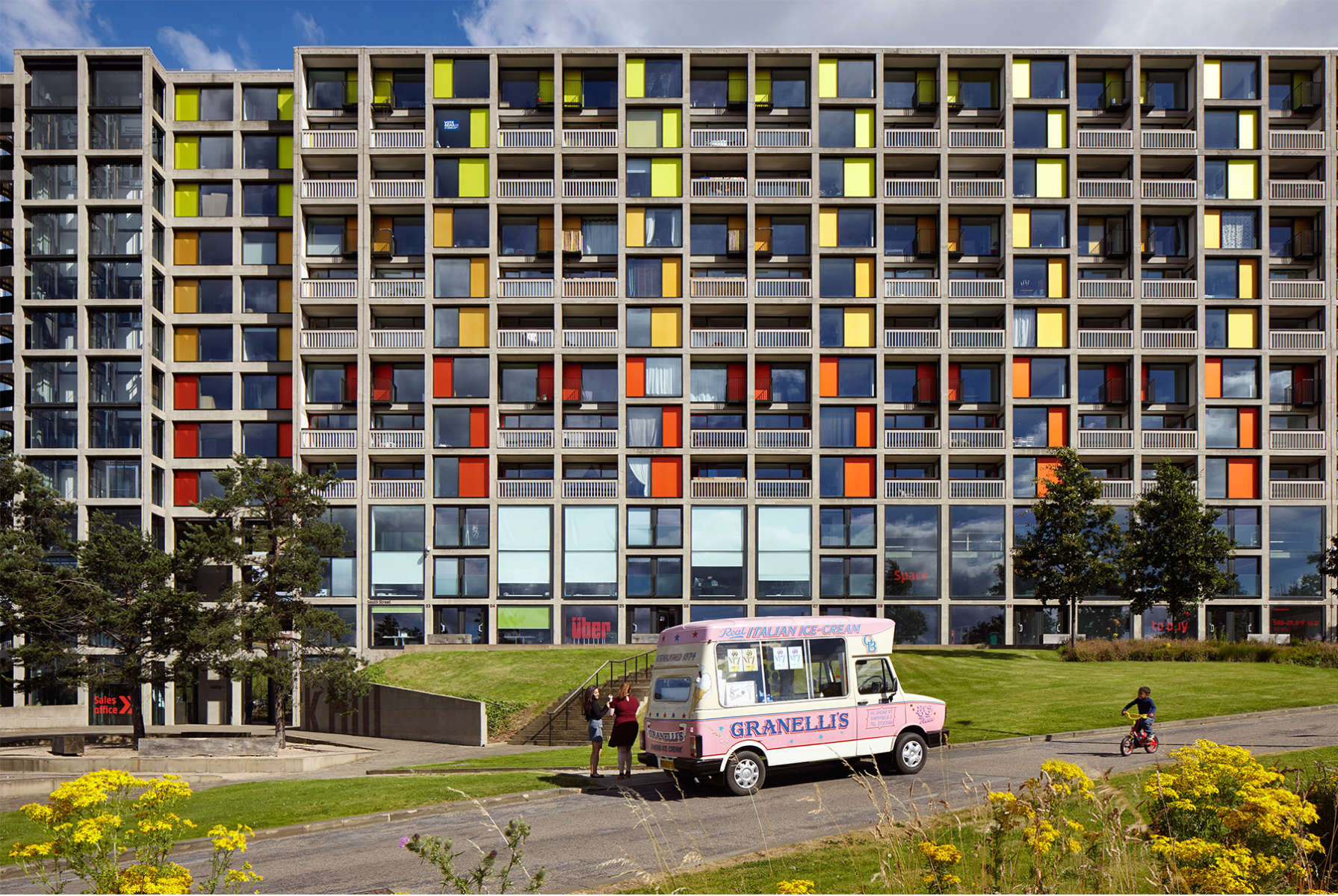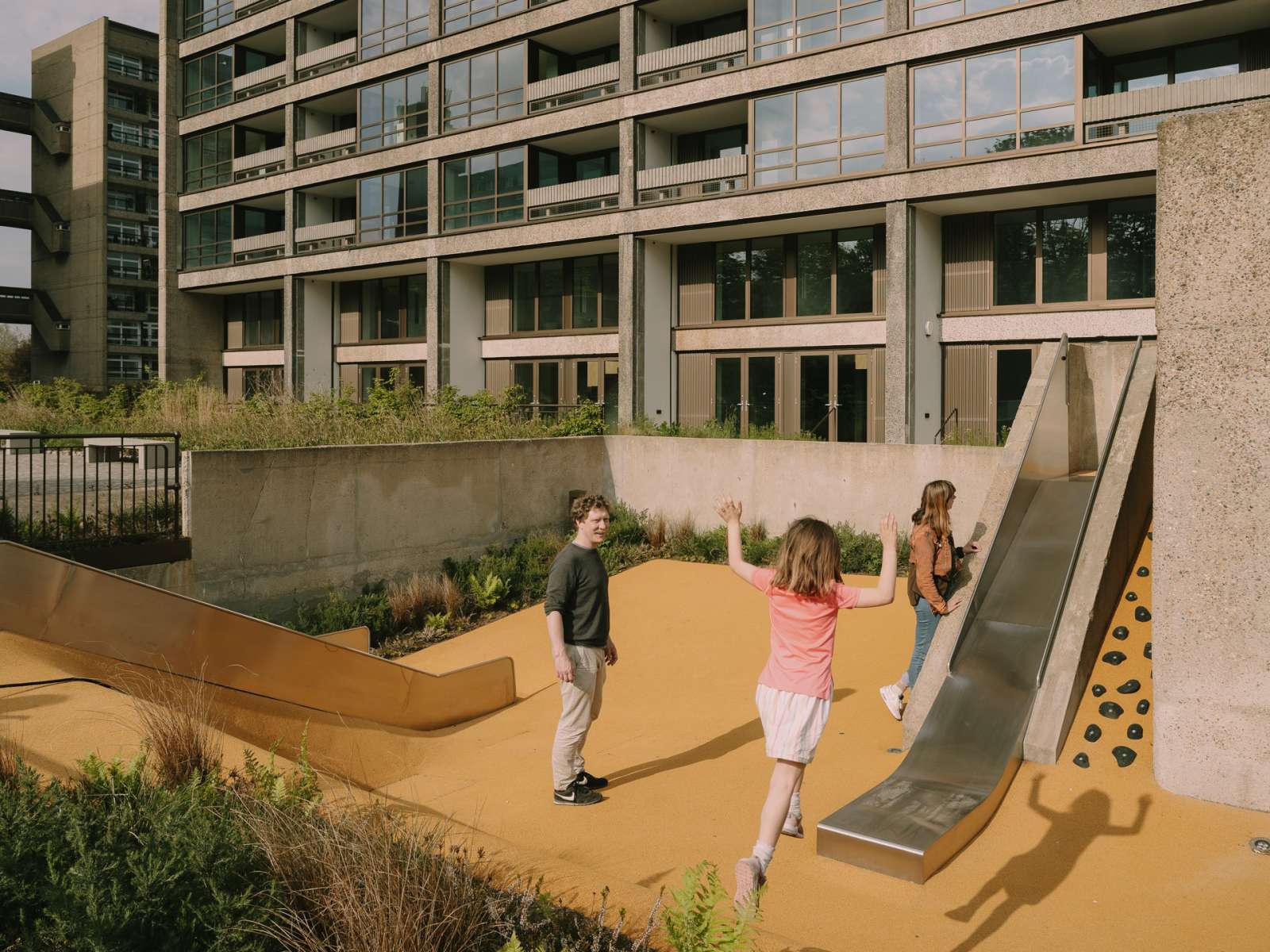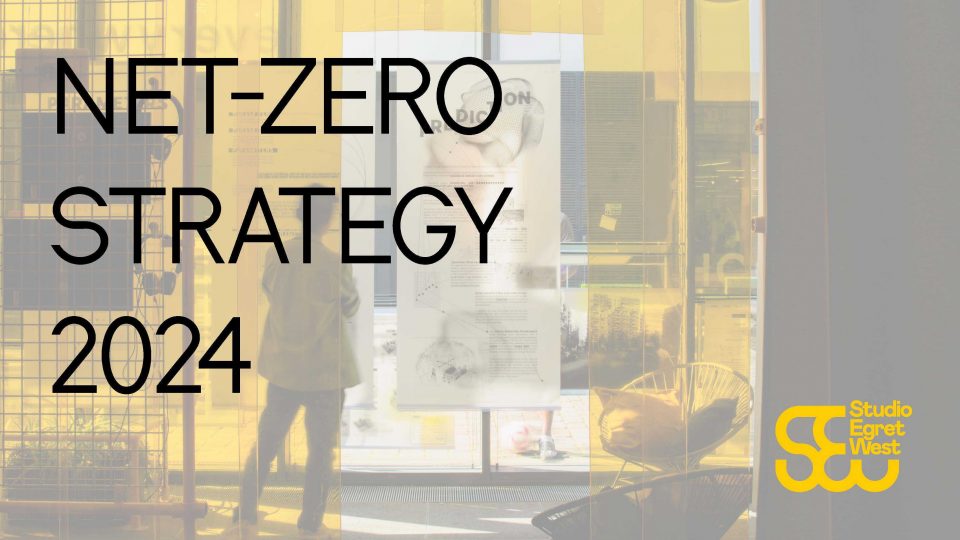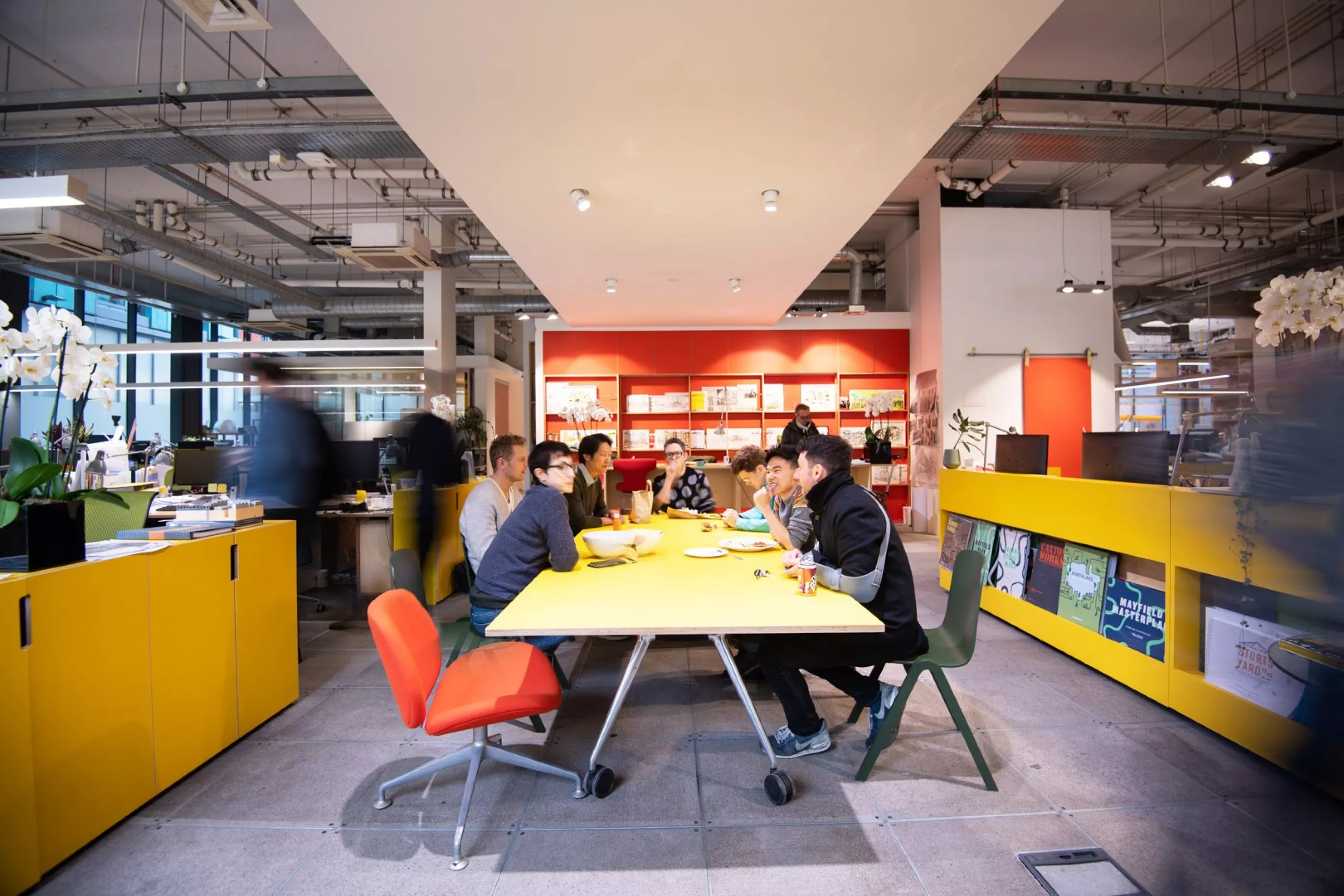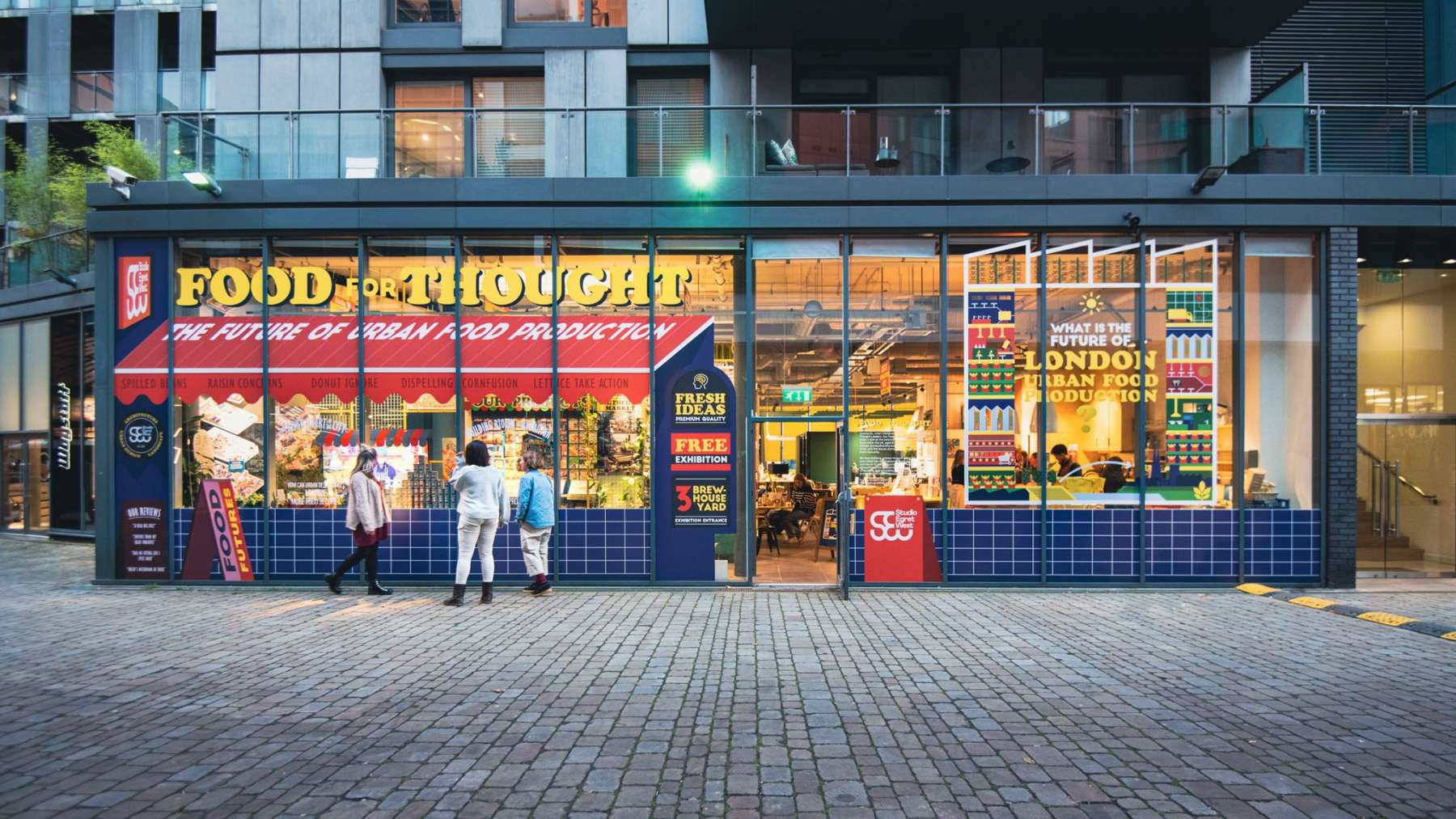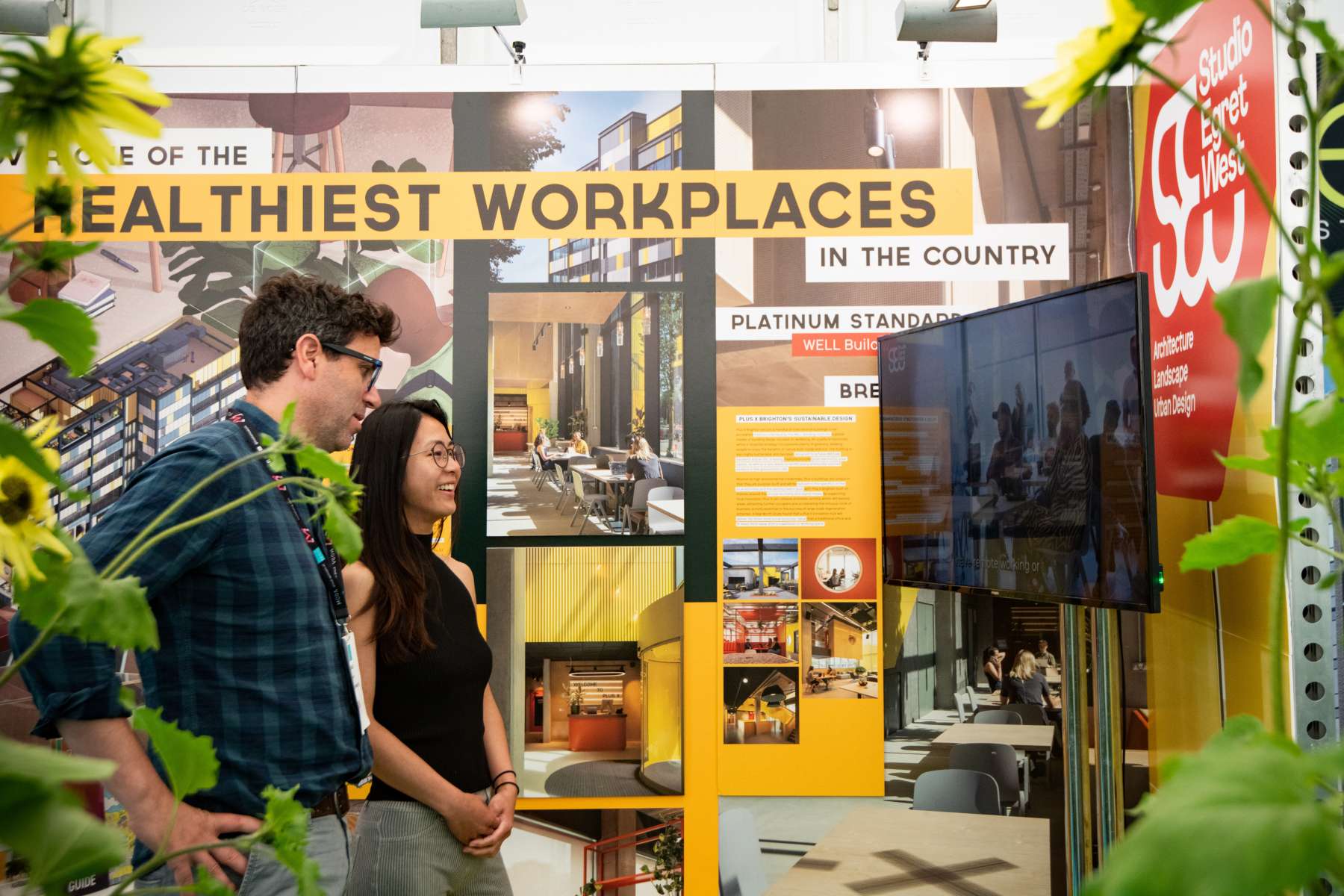Sustainability
At Studio Egret West, sustainability and regenerative design are at the forefront of everything we do. This has formed part of our mantra since the early days, but in addressing our response to the emergency of climate breakdown and biodiversity loss, it’s at the top of our agenda – not up for debate.
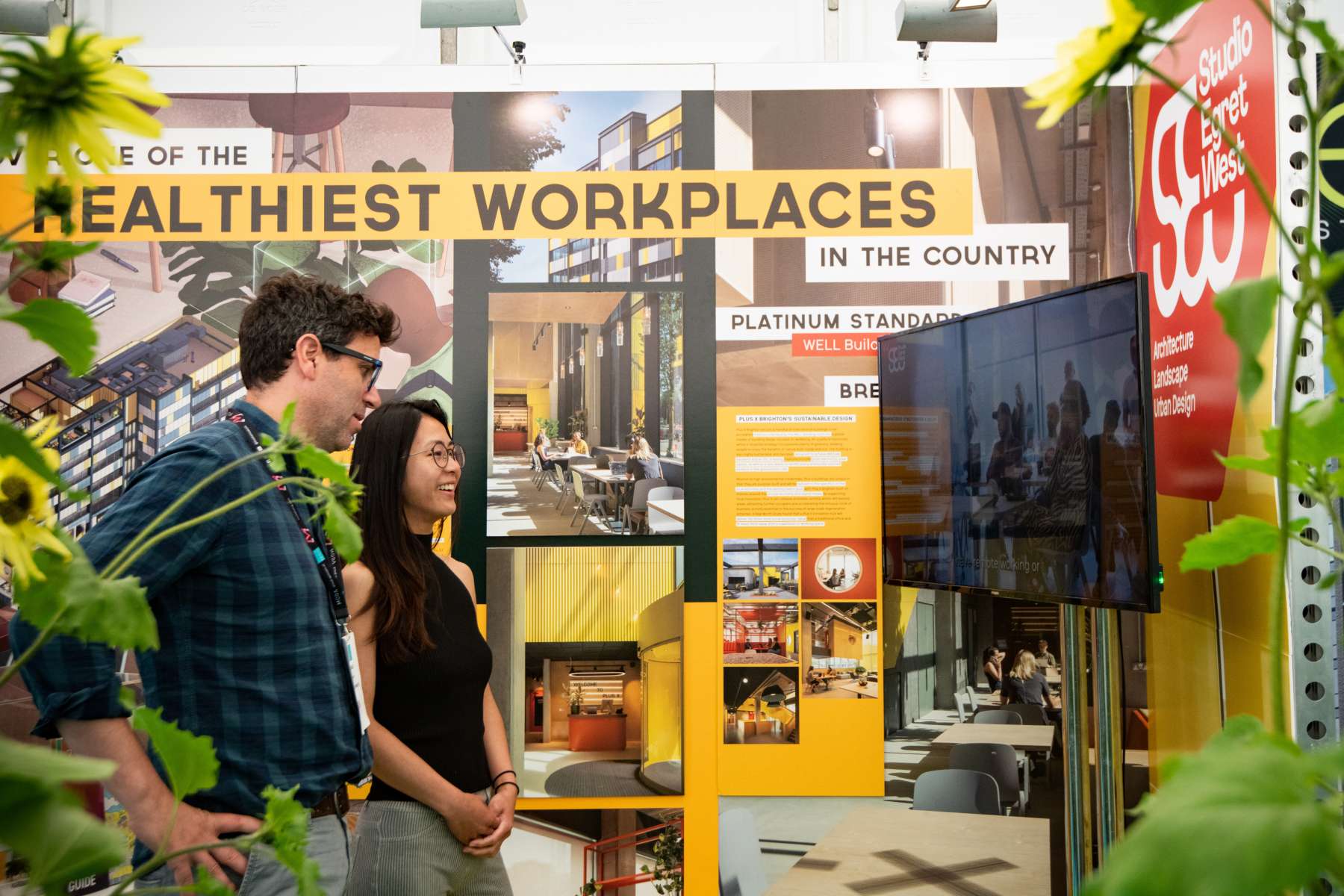
The built environment sector is currently responsible for 39% of global carbon emissions1, and as a practice we are fully committed to reducing or eliminating our impact on the environment, both through the work that we do and how we operate as a studio.
We strive to make the places and spaces that we design as sustainable as possible by interrogating carbon mitigation strategies throughout the life of our design proposals, from cradle to cradle, while embracing the principles of the circular economy and regenerative design. But, sustainability goes so much further than that.
It’s also about social value and economics, equality, inclusion and diversity. We play our part in our community, working with schools, encouraging young people and mentoring students. The practice is committed to embedding sustainability discourse at all stages of our work, helping to raise awareness of the climate and biodiversity emergencies.
So, what have we been up to…
